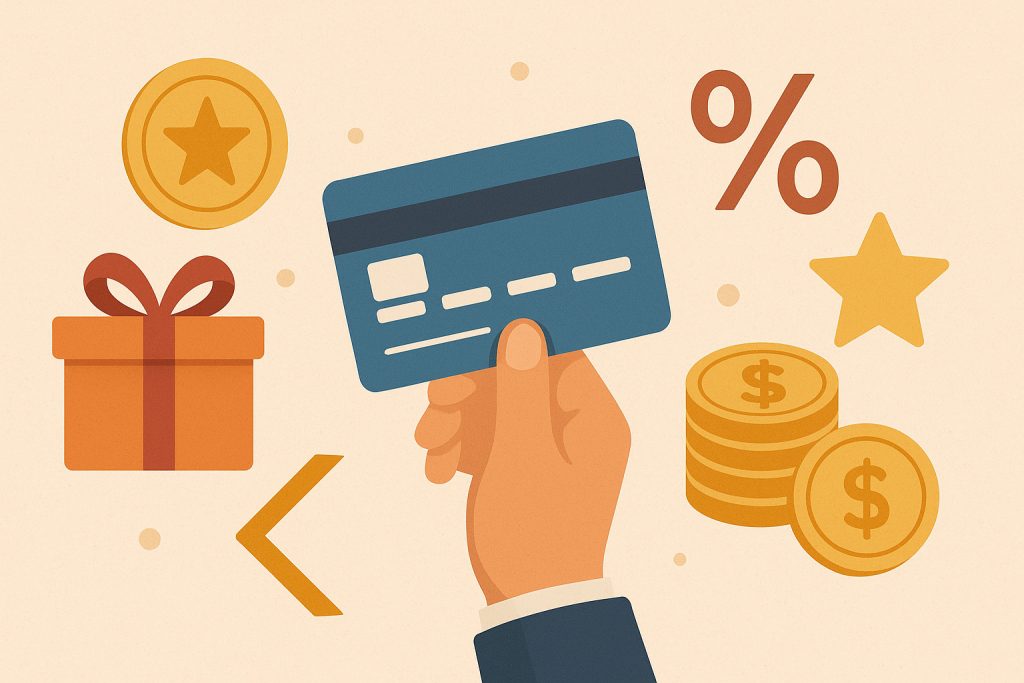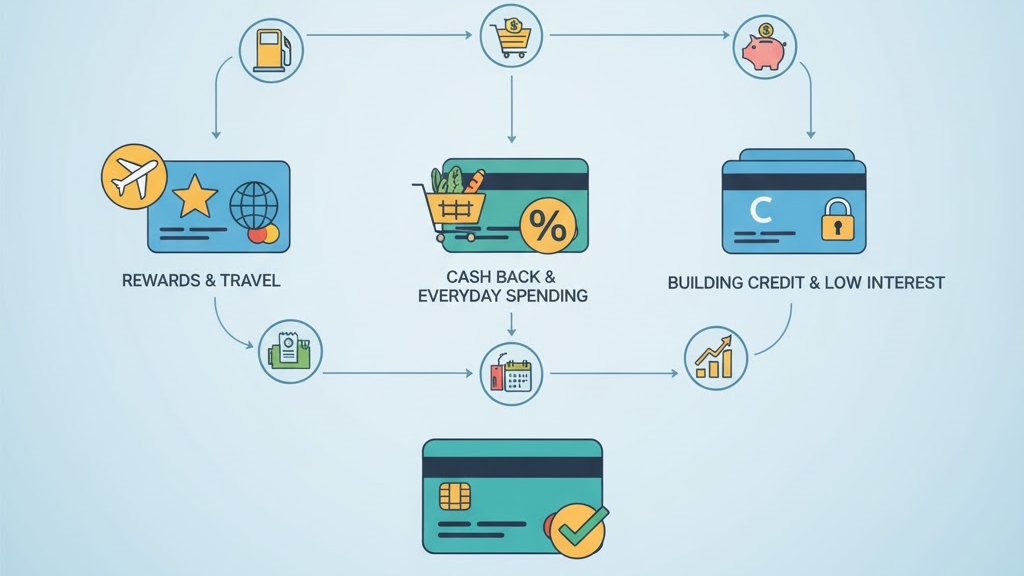
Credit cards can be powerful financial tools — but only when used wisely. Practicing responsible credit card use helps you build a strong credit score, manage cash flow, and even earn valuable rewards. Misused, however, credit cards can lead to high-interest debt and long-term financial stress.
This guide explains how to handle credit cards responsibly, avoid common mistakes, and build habits that support financial stability and confidence.
Why Responsible Credit Card Use Matters
When used properly, credit cards can:
- Build and strengthen your credit history
- Offer fraud protection and security
- Provide cashback, travel rewards, and perks
- Help manage short-term expenses without carrying cash
But misuse — such as overspending or skipping payments — can quickly result in debt that’s hard to repay.
Practicing responsible credit card use ensures that your card works for you, not against you.
10 Expert Tips for Responsible Credit Card Use
1. Always Pay Your Balance in Full
Paying your balance in full each month is the golden rule of credit cards.
Why it matters:
- Avoids interest charges (often 15–25% APR)
- Keeps your credit utilization low
- Shows lenders you manage debt responsibly
✅ Pro Tip: Automate your payments to never miss a due date.
2. Never Miss a Payment
Your payment history makes up 35% of your credit score.
Even one late payment can damage your credit for years.
If you can’t pay in full, always make at least the minimum payment before the due date.
✅ Tip: Set calendar reminders or enable text alerts to stay on track.
3. Keep Your Credit Utilization Below 30%
Credit utilization — how much of your available credit you’re using — plays a huge role in your score.
Example: If your credit limit is $10,000, keep your balance below $3,000.
Experts suggest aiming for 10–20% utilization for optimal results.
✅ Pro Tip: Make multiple smaller payments throughout the month to lower reported balances.
4. Create a Budget for Credit Card Spending
Your card isn’t free money — it’s a payment tool. Treat it like cash by budgeting your spending before swiping.
This helps avoid impulsive purchases and ensures you can pay your bill on time.
✅ Try this: Link your card spending categories (like groceries, gas, dining) to your monthly budget.
5. Understand Your Card’s Terms and Fees
Always review the terms and conditions — especially interest rates, late fees, and annual charges.
Some cards have perks like purchase protection or extended warranties, but also higher fees.
Knowing these details helps you avoid surprises and use benefits effectively.
6. Use Rewards Strategically
Many credit cards offer cashback, points, or miles, but these rewards only matter if you’re debt-free.
Earn rewards within your budget, not as an excuse to overspend.
Redeem rewards wisely — for example, cashback or travel redemptions often give the best value.
✅ Tip: Combine rewards cards with a strong payment routine for maximum benefit.
7. Check Your Statements Regularly
Review your monthly statements to:
- Catch fraudulent charges early
- Track spending patterns
- Ensure all payments are posted correctly
If you spot suspicious activity, report it immediately — most issuers offer zero-liability protection.
8. Limit New Credit Applications
Each new application triggers a hard inquiry, which can slightly lower your credit score.
Opening too many cards too quickly also makes managing payments harder.
✅ Rule of thumb: Apply for new cards only when they offer genuine long-term value.
9. Don’t Close Your Old Credit Cards Unnecessarily
Older cards contribute to your credit history length, an important factor in your credit score.
Unless they carry high fees, keep older accounts open to maintain your score.
✅ Tip: Use older cards occasionally for small purchases to keep them active.
10. Use Credit as a Financial Tool, Not a Crutch
Responsible credit card use means treating credit as a convenience, not extra income.
Always spend within your means and pay off your balance promptly.
By maintaining discipline, your card becomes a pathway to financial freedom — not debt.
Long-Term Benefits of Responsible Credit Card Use
Practicing discipline and awareness leads to:
- Higher credit scores → better loan terms and interest rates
- Lower financial stress → less worry about bills and penalties
- Access to better credit products → premium cards and travel perks
- Stronger financial habits → that carry over to other areas of money management
Over time, responsible credit card use can even help you qualify for mortgages, auto loans, and business financing with favorable terms.
Conclusion: Build a Credit Legacy, Not a Credit Burden
A credit card is a financial instrument — one that can empower or endanger you depending on how it’s managed.
By following these 10 expert tips for responsible credit card use, you can build strong financial habits, enjoy rewards, and keep your credit score healthy.
Remember: the goal isn’t just to use credit — it’s to use it wisely so it works for your long-term financial success.
FAQs About Responsible Credit Card Use
What is responsible credit card use?
It means paying bills on time, keeping balances low, and using credit for planned purchases within your budget.
How many credit cards should I have?
Start with one or two until you’re confident managing payments. Having multiple cards is fine if you can handle them responsibly.
Does paying only the minimum hurt my score?
No, but it keeps you in debt longer and increases interest charges — pay in full when possible.
How can I avoid credit card debt?
Only charge what you can pay off monthly and track spending closely.
Is it bad to pay off a credit card early?
No — early payments help lower your utilization and improve your score.
Can I improve my credit score with one card?
Yes. Consistent on-time payments and low balances are enough to build credit.
Should I close cards I don’t use?
Only if they charge high fees. Otherwise, keep them open to maintain a longer credit history.
What’s a good utilization ratio?
Below 30%, ideally 10% or less for top credit scores.
How often should I check my statement?
At least monthly — weekly if you use your card frequently.
Are reward cards good for beginners?
Yes, if you understand the terms and can pay balances in full.
Can credit cards help in emergencies?
Yes, but use them as a last resort and pay off balances quickly afterward.
What’s the biggest mistake with credit cards?
Overspending — treating your credit limit as available cash instead of a borrowing cap.

Ahmad Faishal is now a full-time writer and former Analyst of BPD DIY Bank. He’s Risk Management Certified. Specializing in writing about financial literacy, Faishal acknowledges the need for a world filled with education and understanding of various financial areas including topics related to managing personal finance, money and investing and considers investoguru as the best place for his knowledge and experience to come together.


